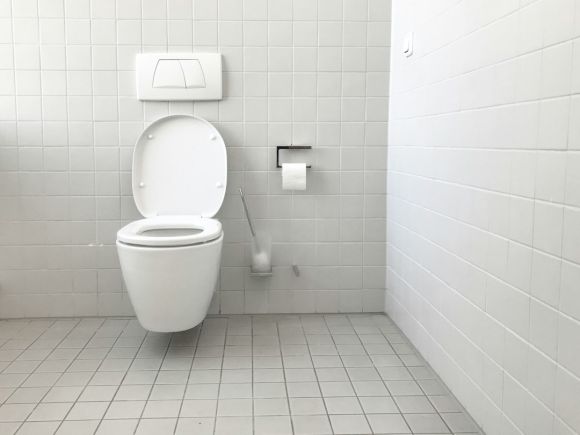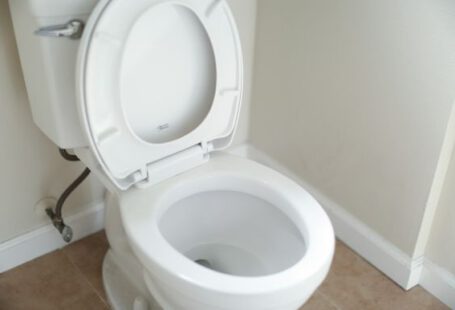Installing a toilet may seem like a daunting task, but with the right tools and a little know-how, it is entirely possible to do it yourself. Before you jump in, however, there are a few things you should consider. In this article, we will guide you through the process of installing a toilet, step by step.
Assess Your Skills and Tools
Before you begin, it is essential to assess your skills and determine if you have the necessary tools for the job. Installing a toilet requires basic plumbing knowledge and a few specific tools, such as an adjustable wrench, a screwdriver, a putty knife, and a wax ring. If you feel confident in your abilities and have the necessary tools, then you can proceed with the installation.
Turn Off the Water Supply
The first step in installing a toilet is to turn off the water supply. Locate the water shut-off valve, usually located on the wall behind the toilet, and turn it clockwise to shut off the water. Flush the toilet to drain any remaining water from the tank and bowl.
Remove the Old Toilet
Once the water is shut off, you can begin removing the old toilet. Start by disconnecting the water supply line from the bottom of the tank using an adjustable wrench. Next, remove the nuts securing the toilet bowl to the floor using a wrench or pliers. Carefully lift the toilet bowl straight up to detach it from the floor and remove it from the bathroom.
Prepare the Area
With the old toilet removed, it is time to prepare the area for the new one. Start by cleaning the flange and the surrounding area with a putty knife to remove any old wax or debris. Inspect the flange for any damage and replace it if necessary.
Install the New Toilet
Now it is time to install the new toilet. Begin by placing a new wax ring onto the flange, making sure it is centered. Lower the toilet bowl onto the wax ring, aligning the mounting bolts with the holes in the flange. Apply even pressure to the toilet bowl to compress the wax ring and create a watertight seal.
Secure the Toilet
Once the toilet bowl is in place, secure it to the floor by tightening the nuts onto the mounting bolts. Be careful not to overtighten, as this can crack the toilet bowl. Reconnect the water supply line to the bottom of the tank and turn on the water supply valve. Allow the tank to fill, and then flush the toilet to check for any leaks.
Test for Leaks and Make Adjustments
After installing the toilet, it is crucial to test for any leaks and make any necessary adjustments. Inspect the base of the toilet for any signs of water and listen for any unusual sounds. If you notice any leaks, tighten the nuts or replace the wax ring as needed.
Conclusion
Installing a toilet yourself is a doable task if you have the necessary skills and tools. By following the steps outlined in this article, you can successfully install a new toilet and save money on professional installation. Remember to take your time, double-check your work, and always prioritize safety.



